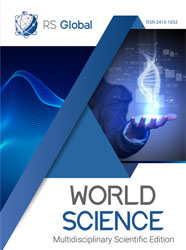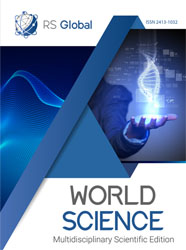CONTEMPORARY CHALLENGES IN FRONT OF PARK DEVELOPMENT IN SOFIA
Abstract
The construction boom and the continuous migration to the city, as well as the ambition of the city administration to prevent the expansion of the physical boundaries of the city at the expense of densification and unregulated parking in the green areas, leads to a complete compromise of the meaning of the urban green system and quite logically ranks the city at the top of the negative rankings in recent years.
Today, more than ever, Sofia needs a new, very well-thought-out regulatory framework with a long horizon and clear and pragmatic goals, in the context of modern challenges
References
Sofia Municipality. (2009). Master Plan of Sofia Municipality (Decision No. 697 of Protocol No. 51/19.11.2009 and Decision No. 960/16.12.2009 by the Council of Ministers).
Republic of Bulgaria. (2001). Spatial Planning Act (In force as of 31.03.2001, amended and supplemented SG No. 51 of 5 July 2016).
Republic of Bulgaria. (2007). Law on the Structure and Construction of Sofia Municipality (In force as of 28.01.2007, amended SG No. 98 of 28 November 2014).
Republic of Bulgaria. (2003). Chambers of Architects and Engineers in Investment Design Act (Promulgated SG No. 20 of 4 March 2003).
Republic of Bulgaria. (2003). Ordinance No. 1 of 30 July 2003 on the Nomenclature of the Types of Constructions.
Evrev, P. (2008, July 5). On the general development plans of cities and municipalities. The City.bg.
Kovachev, A. (2001). The Green System of Sofia. Urban Aspects. Sofia-Moscow: PENSOFT. Kovachev, A. (1999). Urban Planning. University of Forestry, Sofia.
Republic of Bulgaria. (1991). Constitution of the Republic of Bulgaria (In force as of 13.07.1991). Retrieved from https://www.justice.government.bg/home/normdoc/521957377.
Views:
155
Downloads:
63
Copyright (c) 2024 Rangelov Veselin

This work is licensed under a Creative Commons Attribution 4.0 International License.
All articles are published in open-access and licensed under a Creative Commons Attribution 4.0 International License (CC BY 4.0). Hence, authors retain copyright to the content of the articles.
CC BY 4.0 License allows content to be copied, adapted, displayed, distributed, re-published or otherwise re-used for any purpose including for adaptation and commercial use provided the content is attributed.














